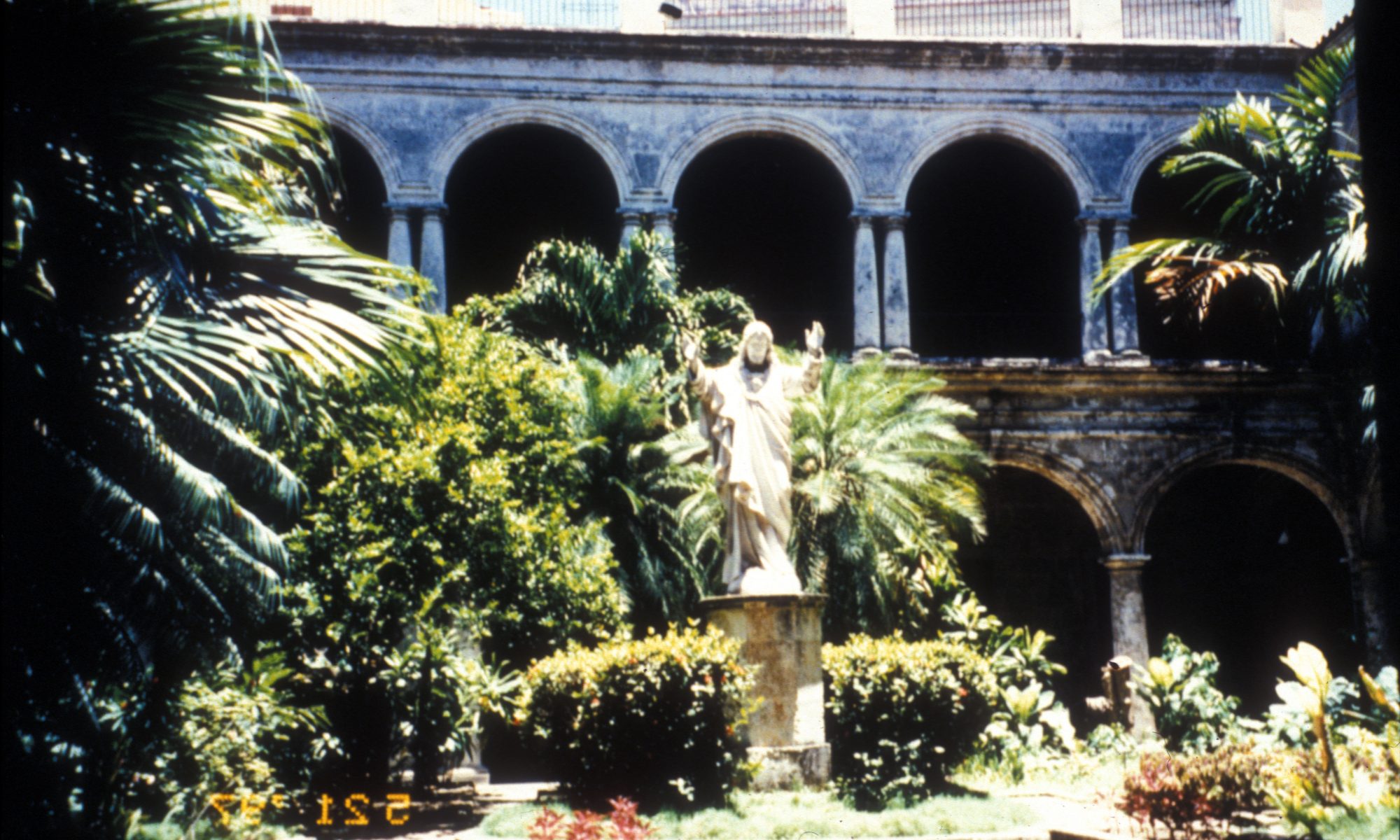Founded in 1689 and completed in the early 1700s under the direction of the Jesuit order, the seminary, when I first visited, served not only as a church office for the Bishopric but was still a functioning Jesuit seminar for the training of priests. In 1995, government-sanctioned discrimination against religious believers had ended only two years earlier. Not surprisingly, my generational peers’ curiosity about Catholicism and other religions was still met with fear by their parents. This fear seemed an even more significant indicator of past persecution because every government official and bureaucrat I met seemed so enthusiastic about a return to religious freedom. Their enthusiasm—after thirty years of disdain, hostility and recrimination—did not, frankly, generate trust. I myself had a hard time trusting worshippers after attending mass and discovering that most of the young men in their twenties were there cumpliendo misión, not for the Church but for the Communist Youth. That is, they were there to inform and assumed I was too. The Seminario San Carlos was, by contrast, an oasis of respect, faith, joy and understanding, especially for those who had for so long declared themselves “the enemies of Christ”.
